In the realm of digital devices, our smartphones serve as virtual vaults, storing a treasure trove of personal data, cherished memories, and vital information within their confines. Thus, we are going to guide you how to access internal storage on Android, ensuring you can safely and easily check your internal file system and manage your files. Simultaneously, you can safeguard your Android internal storage without effort.
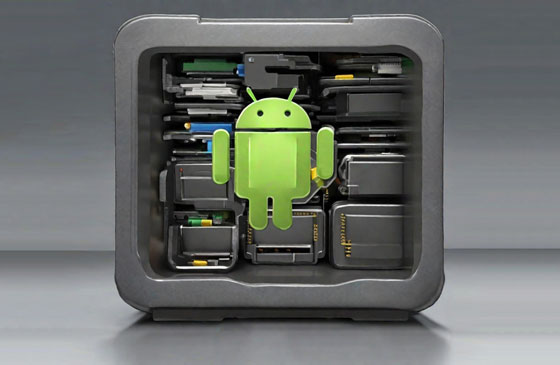
As the digital heart of your smartphone, internal storage houses a myriad of files, from photos and videos to app data and system files. Learning how to navigate this virtual repository is essential for effective file management and data security, empowering you to take control of your digital assets with confidence and ease.
Step 1: Unlock your Android phone, and find an app called "My Files", "File Manager", or "Files".
Step 2: Launch the app, and navigate to "Internal storage".
Step 3: You will see all the folders and files in the internal storage space. You can open a folder and locate and edit your files.
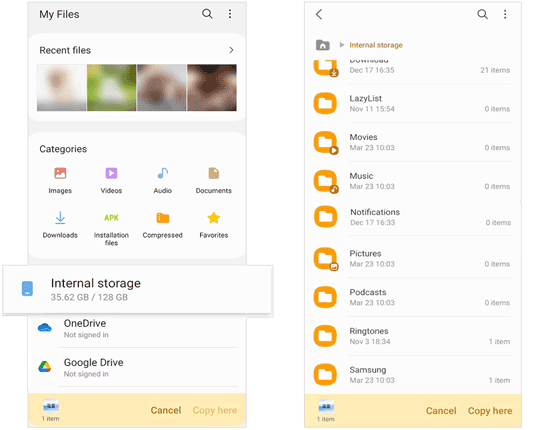
Tips: What is the path of internal storage in Android? It depends on which way you choose to access the memory. If you access it directly on your Android device, the path is "File Manager > Internal storage > a folder".
The ability to seamlessly transfer files between your Android device and your PC is indispensable. Whether you're backing up important documents, organizing your media library, or simply freeing up space, accessing your Android's internal storage from your PC opens up a world of possibilities.
Step 1: Connect your Android gadget to a PC with a USB cable, and then choose "Transfer files" or "MTP" on the smartphone.
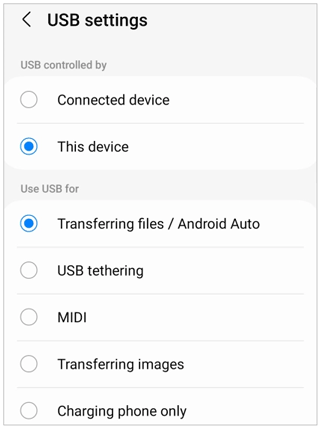
Step 2: Launch "This PC", and double-click the drive of your Android device to access it.
Step 3: Now, all your Android folders and data are displayed on the interface.
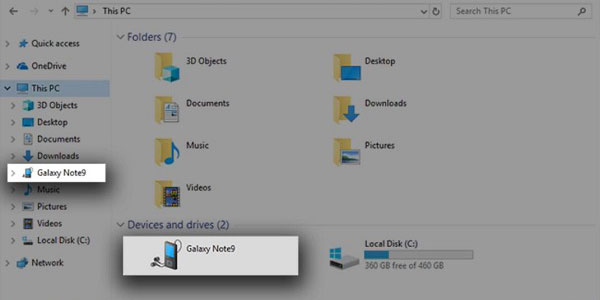
Read also: How to Transfer Internal Storage to SD Card in Samsung: 4 Utilitarian Ways
As the volume of data stored on our Android devices continues to grow, the need for efficient data management solutions becomes increasingly pronounced. Enter the Android data manager - Samsung Messages Backup, a versatile tool designed to simplify the process of accessing and organizing your device's internal storage. Besides, you can back up your Android data to your computer to release the storage space of your Android device.
- Allow you to access your Android internal files on a computer with ease.
- Help you transfer your files from Android to PC/Mac with USB or Wi-Fi.
- Display your Android files on the interface for your preview.
- Support various data types, like contacts, SMS, call logs, photos, videos, music, apps, etc.
- Easily import files from a computer to any Android device.
- Back up and restore Android devices in 1 click.
- Work for Android 4.0 and upper without brand limits.
- Windows and Mac versions are available.
Download the data manager to access your Android internal storage.
Step 1: Install and run the software on your computer, and choose "Android Assistant". Then use a USB cord to connect your mobile phone and the computer and choose "Transfer files" on the cell phone.
Step 2: Enable USB debugging on Android to complete the connection. Now, you can access your Android storage and files on the interface.
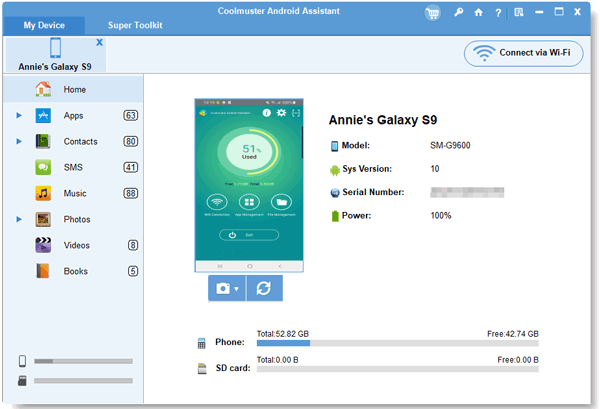
Step 3: Choose a category, and view your files. Select the files and manage them with the menu bar if needed.
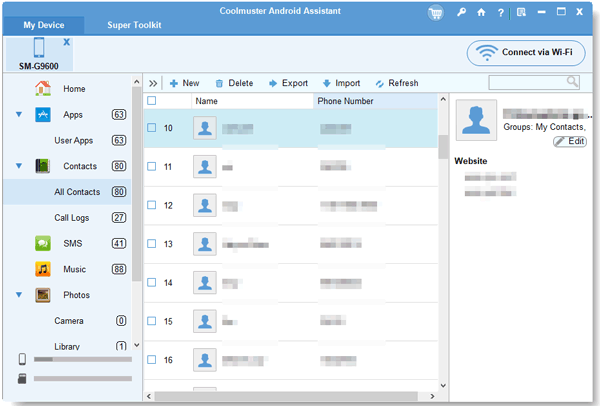
Further reading: How to Recover Data from Phone Memory (Internal & External)
For Mac users seeking to interface with their Android devices, the quest to access internal storage can sometimes feel like navigating uncharted territory. Fear not, for there exists a solution tailored specifically to bridge the gap between Mac and Android: Android File Transfer. This tool enables you to access internal file system in Android and copy files by drag and drop.
Step 1: Download and install Android File Transfer on your Mac computer.
Step 2: Connect your cell phone to Mac with a USB cable, and then launch Android File Transfer.
Step 3: It will list your Android folders on the interface, and you can access your files and transfer them on the Mac device.
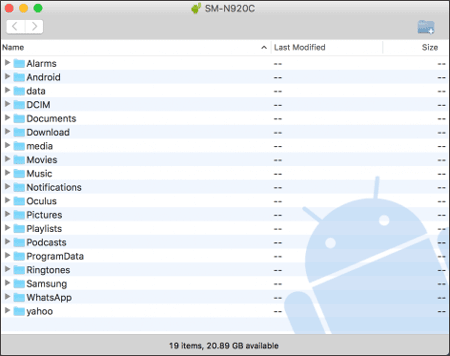
Q1: Can I access internal storage on a dead Android phone?
Accessing the internal storage of a dead Android phone can be challenging, but it's not entirely impossible.
If the phone's screen is broken or the device is physically damaged but still powers on, you may be able to connect it to a computer via USB cable and access the internal storage in file transfer mode (MTP). This assumes that the damage is limited to the screen or external components and that the internal storage is intact.
If the phone is completely dead and unresponsive to attempts to power it on, accessing the internal storage becomes much more challenging. In such cases, you may need to seek professional assistance from a phone repair service or data recovery specialist.
If the internal storage of the phone is encrypted and the device is dead, accessing the data becomes even more difficult. Without the device's encryption key, it may be impossible to decrypt and access the data on the internal storage. In such cases, data recovery may still be possible with specialized equipment and techniques, but it is much more complex.
Q2: How do I free up space in the internal storage of my Android device?
You can free up space in the internal storage of your Android device by deleting unnecessary files, clearing app caches, uninstalling unused apps, and transferring media files to an external storage device or cloud storage.
Q3: How do I prevent unauthorized access to the internal storage of my Android device?
You can prevent unauthorized access to the internal storage of your Android device by setting up a screen lock (PIN, pattern, or password), encrypting your device, and being cautious about granting permissions to apps that request access to your storage.
Q4: Are there any restrictions on accessing certain files or folders in the internal storage?
Yes, certain system files and app data are restricted from user access to maintain the integrity and security of the device. Accessing these files may require rooting your device, which can void warranties and pose security risks.
Armed with the insights gleaned from this guide, you are now equipped to navigate the pathways of Android's internal storage with confidence and ease. Whether you want to access the internal storage on an Android phone or on a computer, you can make it easier. Furthermore, the Android data manager - Samsung Messages Backup, helps you transfer and manage your Android files effortlessly. So go forth, explore, and harness the power of your Android's internal storage to its fullest extent.
Related Articles
Remotely Access PC Files from Android Devices Without Difficulties
Smart Ways for How to Reduce WhatsApp Storage [Android & iOS]
Recover Deleted Photos from Android Internal Storage with Reliable Methods
4 Effective Ways to Install Android App from PC Seamlessly
4 Methods to Import VCF to Android Expertly: Get Contacts Onto New Phone
Send Video from iPhone to Android Phone in Minutes
Copyright © samsung-messages-backup.com All Rights Reserved.